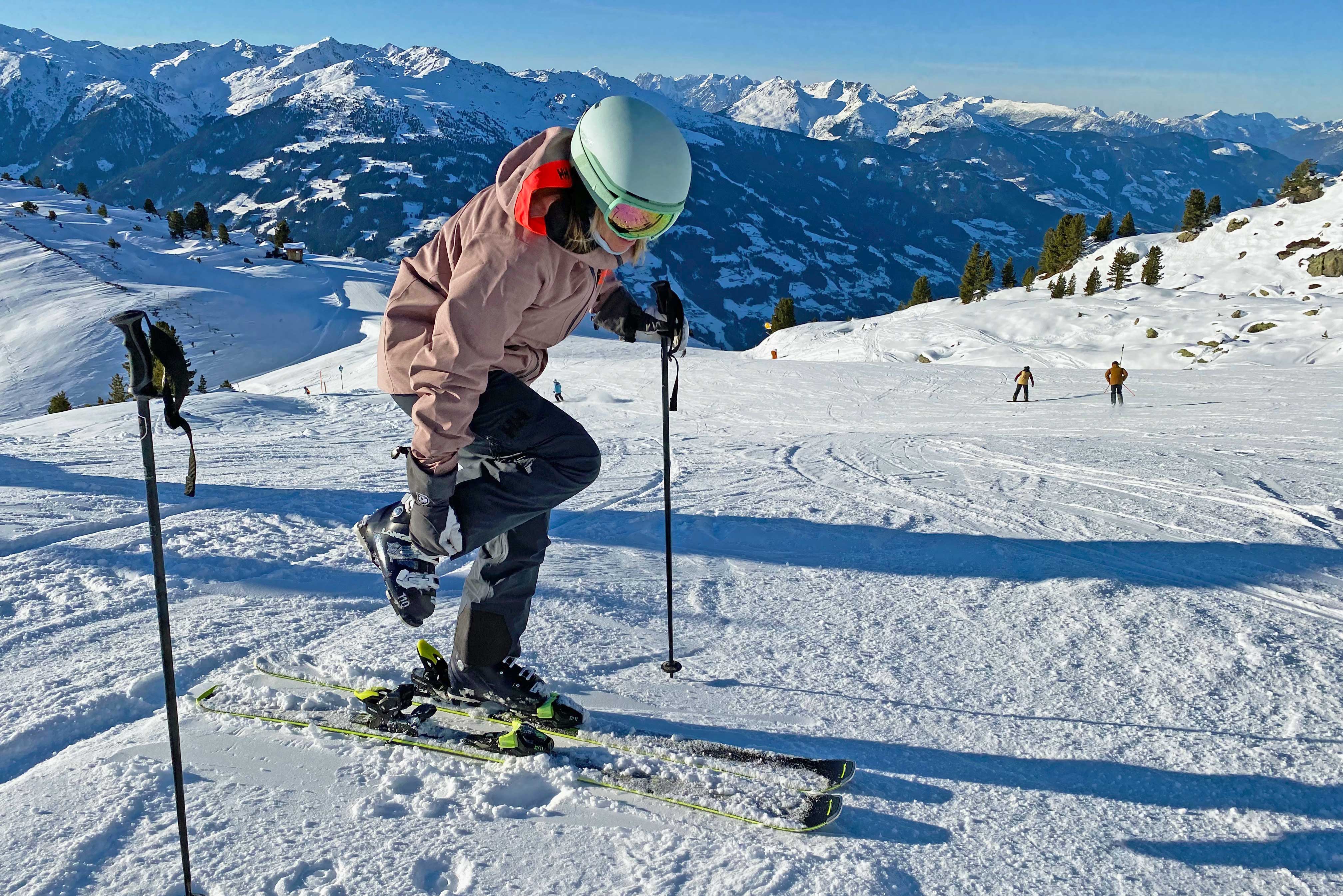

Some people just aren't made for the cold. If you start shivering when everyone else around you is wearing shorts and a t-shirt, you're probably one of those people. So how do you reconcile your cold fingers and toes with your love for skiing? You've tried wearing warm socks and an extra layer, but nothing seems to help. At your wit's end? Here are some of our best tips for keeping warm on a ski holiday.
Invest in good-quality clothing
Good-quality ski clothing can run dear, but it's essential for keeping warm on the slopes. Get yourself a thermal base layer, good-quality mittens, merino wool socks and a windproof and waterproof jacket and pants. Don't scrimp on quality here - if in doubt, ask a store attendant for advice and go with well-known brands that have made a name for themselves in the outdoor sports industry. Use three layers for better insulation. Start with the base layer, which should ideally be made of a moisture-wicking material like wool. This will keep sweat from staying close to your body and cooling you down. Skiing and snowboarding are tough work and they'll get your heart rate up, but you also spend loads of time sitting on the freezing chairlift during a ski holiday. So long underwear and an undershirt are a good idea if you think you might get cold. You can even get specialised thermals for your hands that go under your normal gloves. For a midlayer, fleece is a good option and should provide good insulation. Gore-Tex is commonly recommended as a windproof and waterproof outer layer.

Use mittens, not gloves
You'll see all sorts of fancy gloves on the market that promise to keep your fingers warm and toasty for a small fortune. Our advice? Stick to mittens, which are inherently warmer because they allow your fingers to stick together and warm each other up. You'll often be able to get a cheaper pair of mittens that keeps your hands just as warm as a more expensive pair of gloves.

Wear a neck warmer or balaclava
Your ski helmet probably has built-in earmuffs, but if you need a little more protection for your face, a balaclava is the perfect solution. These fit under your helmet and protect exposed skin against the elements. If you don't need anything that hardcore, a neck warmer is easy to pull up and down and can also help cover part of your face.

Use boot warmers
Keep your ski boots outside and you'll wake up to find them ice-cold in the morning. It's hard to come back from this, so take our advice and use the boot-warmers that are usually provided by your hotel. If they're not provided, you can often get some yourself, or invest in disposable hand-and-foot warmers that you can slip into your mittens and boots to keep you toasty on the slopes.
Drink warm drinks
Stay away from the pints and load up on hot tea, coffee or hot cocoa. While Glühwein and Jägerthee may make you FEEL warmer at first, alcohol actually makes you colder in the long run so don't be getting drunk on the pistes.

Stay warm and happy skiing!














